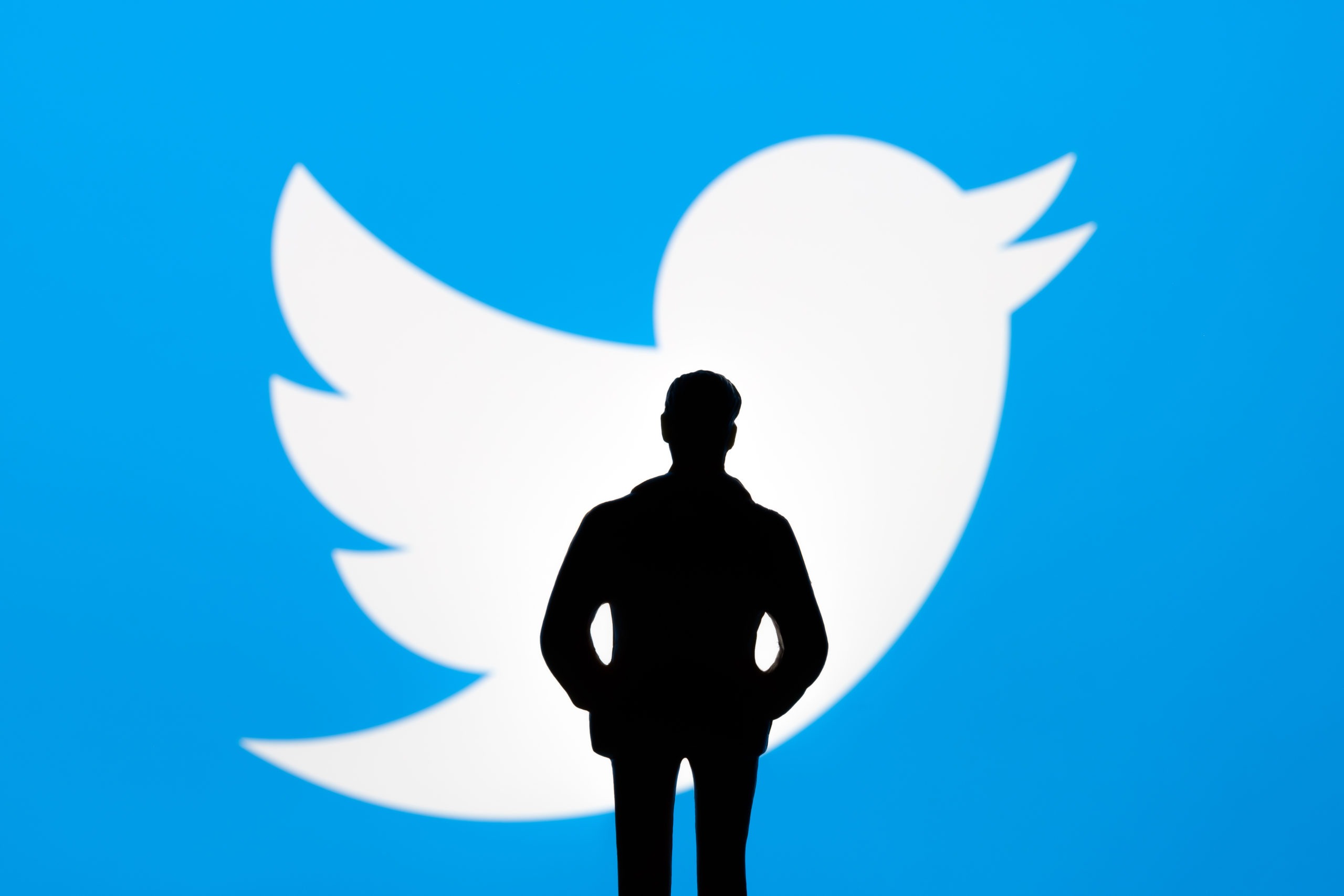Elon Musk and the Battle Against Twitter
Published on Dec. 5 at 4:08 p.m.
by Breanna Erickson.

On Oct. 27, Elon Musk finally completed his purchase of Twitter for $44 billion. This deal has been in the works since January of this year, and has already caused uproar on the site.
Those who have been keeping up with the deal know of the back-and-forth that Musk has posed throughout the year. Below is a quick highlight reel for those who haven’t been keeping up with the drama.
March 26: Musk tweeted the idea of creating a new social media platform in opposition to Twitter, due to its failure to “adhere to free speech principles.”
April 4: Musk became the largest shareholder of Twitter at 9%, worth about $3 billion.
July 8: Musk threatened to abandon the deal if Twitter refused to provide information dealing with fake accounts.
July 12: Twitter sued Musk to try to move on the deal, to which Musk countersued. This event was followed by a Delaware judge declaring the lawsuit trial would be held in October, three months later.
Oct. 5: Musk offered to go through with the deal, closely followed by a Delaware judge postponing the trial until Oct. 28 to allow both sides more time to reach a decision.
Oct. 27: Musk tweeted, “the bird is freed,” after closing the deal.
So, what does this deal mean for the site?
To kick off his ownership, Musk laid off thousands of employees. On Nov. 3, Twitter sent an email to all employees stating that staff would be let go in an effort to “place Twitter on a healthy path,” and those who would be affected would receive an email by 5 p.m. on Nov. 4. However, by 11 p.m. the same day of the initial correspondence, 1,000 employees around the world were already losing access to staff accounts.

Some employees, past and present, took to the platform with the hashtags #OneTeam and #LoveWhereYouWorked to explain their situations, praise their colleagues and warn against the future of Musk’s vision.
Another one of the most notable (and controversial) changes that Musk made was the reintroduction of Twitter Blue. This feature allowed any user to buy a verified, blue checkmark for $8 per month. In the history of the platform, this checkmark was used “to indicate active, notable, and authentic accounts of public interest that Twitter had independently verified based on certain requirements.”
On Oct. 30, Musk tweeted that the verification process was being “revamped.” Later that same day, it was reported that Musk had assembled a team to create a new model of verification with the looming threat of termination if the product wasn’t ready by Nov. 7 (a week later).
To complete this utter failure (which we’ll see later), the team had to work 12-hour shifts seven days per week (totaling 84-hour work weeks) and sleep in their offices.
On Nov. 1, to prepare for the launch of the new verification system, Musk tweeted, “Twitter’s current lords & peasants system for who has or doesn’t have a blue checkmark is bullshit. Power to the people! Blue for $8/month.”
And power to the people did he give.
On Nov. 5, following an estimated 3,700 employees (of the original 7,500) being laid off, Twitter rolled out the new verification model.
Users of the site went back and forth between making a mockery of those who “paid for Twitter” and using the checkmark to make parody accounts.
One of the accounts parodied was Eli Lilly, a pharmaceutical company based in Indiana. The tweet that cost the corporation billions in stock read, “We are excited to announce insulin is free now.” Even though the tweet was fake, it inspired thousands of other accounts to follow suit and post their own jokes, which weren’t caught by the moderation team that had been slashed to 15 members.
As PR practitioners, we know that being quick during a crisis is one of the only ways to right it — because of Twitter’s inability to catch this parody, Eli Lilly’s stock dropped 4.5% from 4 p.m. on Nov. 10 to 11 a.m. on Nov. 11. Its rivals, Novo Nordisk and Sanofi, also saw their stocks drop by over 3%.

Following the onslaught of new blue checkmarks, Musk tweeted that parody accounts who failed to specify their “parody” status would be permanently suspended without question or warning. It seemed that many accounts parodied Musk himself and were swiftly locked out by the self-proclaimed “free speech absolutist.”
Within the same day that Twitter Blue rolled out, site advertisers like General Motors, Audi and Pfizer temporarily pulled posts from the platform. This drop in ad revenue seemed to be the final straw for Musk, as he decided to pull the plug on Twitter Blue on Nov. 11.
As I wrote this post, news broke about Musk declaring that he will be ending free lunch for Twitter HQ employees, while also mandating a return to in-office working. From firing roughly half of the 7,500 pre-Musk employees to diminishing the quality of life in the office, it looks like Musk will be losing more employees to more reliable tech competitors.
This lack of forward thinking, the termination of employees, the possibility of Musk laundering money through Space-X and Twitter, and Musk’s interesting, personal take on what “free speech” means have all caused the platform to become a shell of what it once was.
PR practitioners and students know all too well that crises are inevitable for any business, no matter how well-established it is. However, it is rare that the crisis is directly caused by the actions of the owner, even when they are brand new to the organization. But considering Twitter is not Musk’s only company, it’s safe to say he should have known better.
Where did it go wrong? From the evidence I’ve posed … many places.
It seems, to me, that Musk had a “brilliant” idea to revamp a website that had been running smoothly, and it backfired in a massive way. I’m not sure if he held any focus groups (outside of his Twitter replies), but it seems anything could have prevented the catastrophe that has been created.
The future of the platform is bleak. This is still unfolding, and has no clear trajectory. The internet is fast-paced and ruthless — the mistakes made by Musk in his early ownership of Twitter will not easily be forgotten, especially not by the employees who were wronged. Is there anything that a PR team could even do to put out the fire, or were they fired too?




